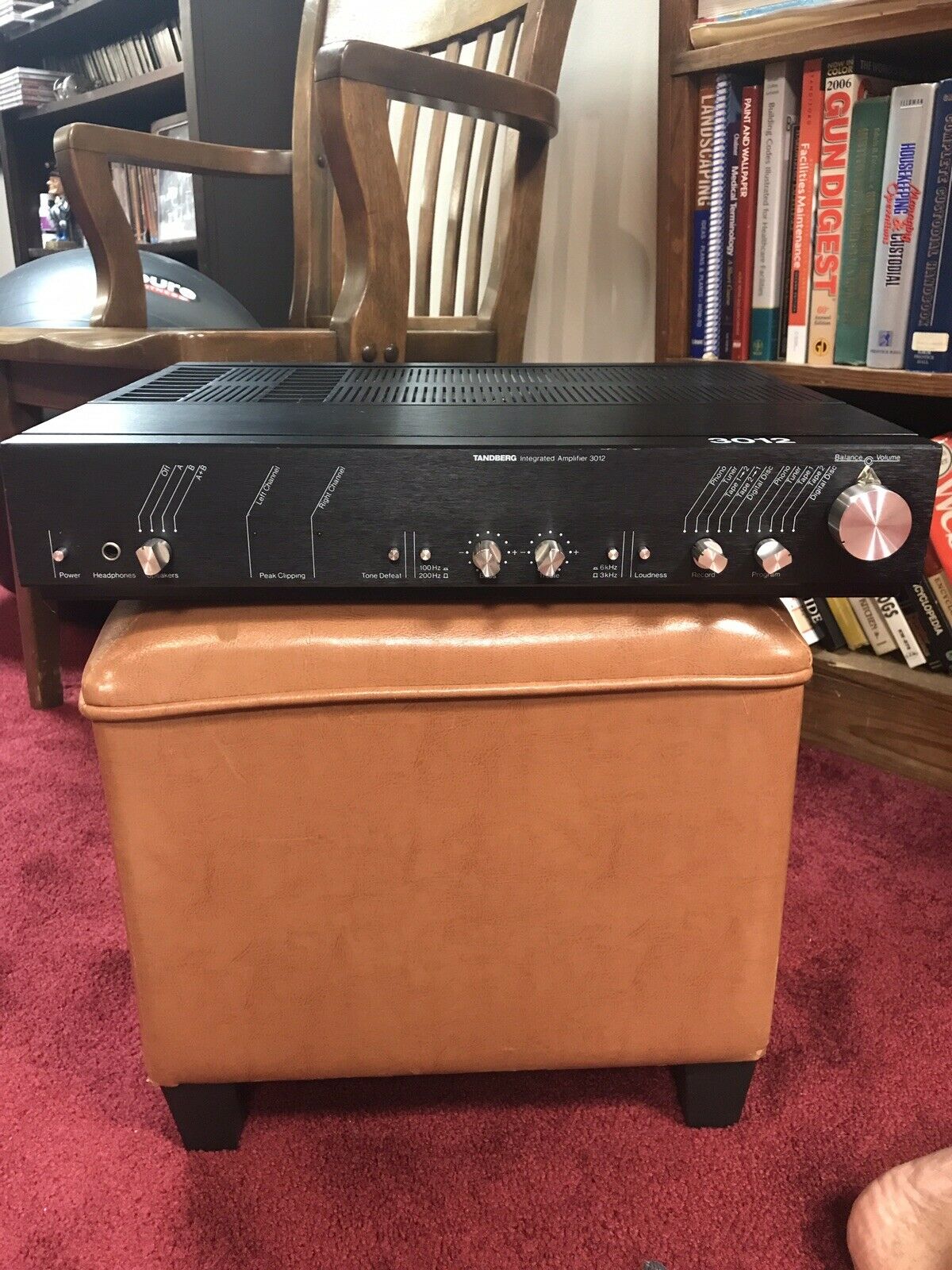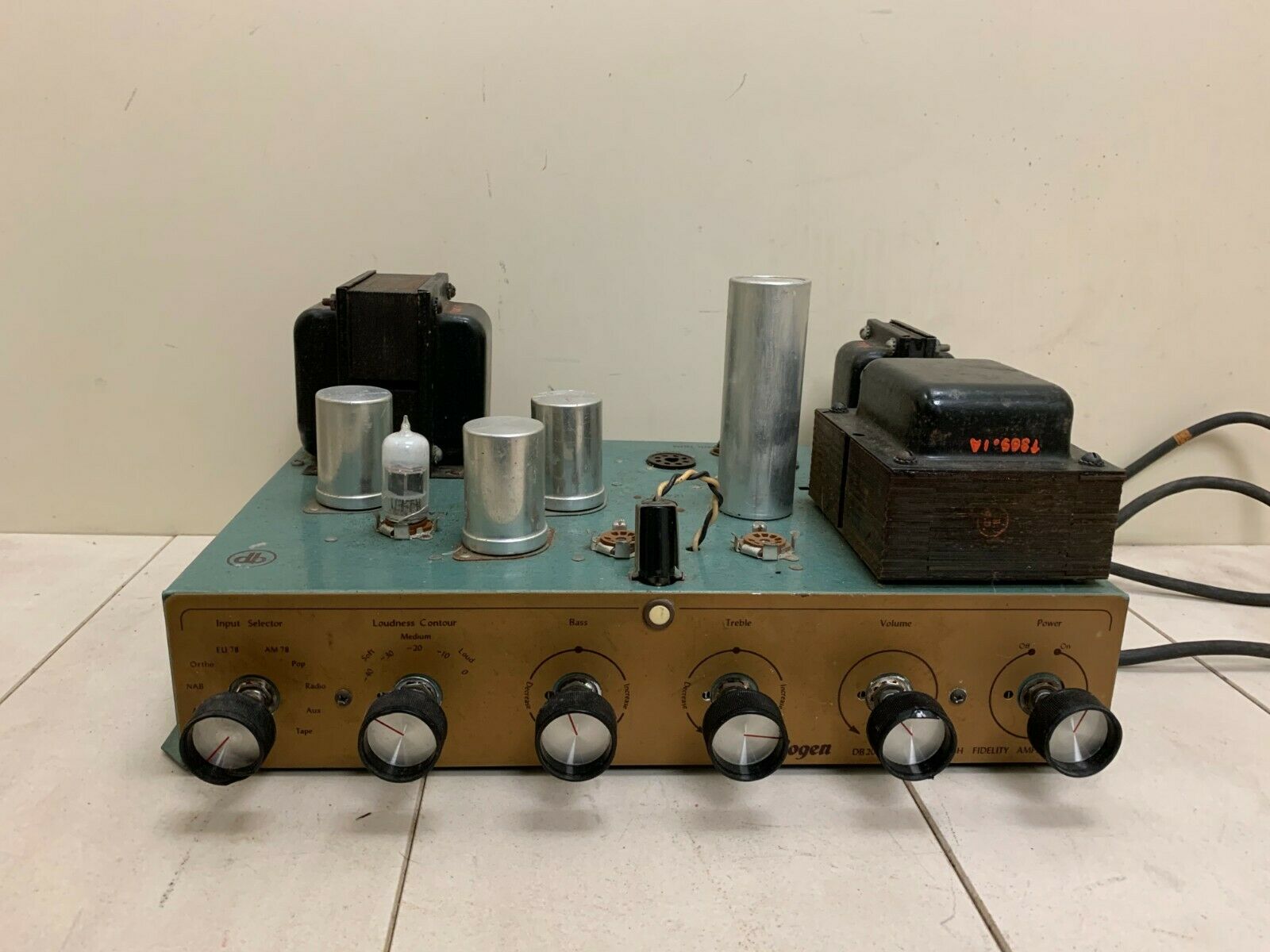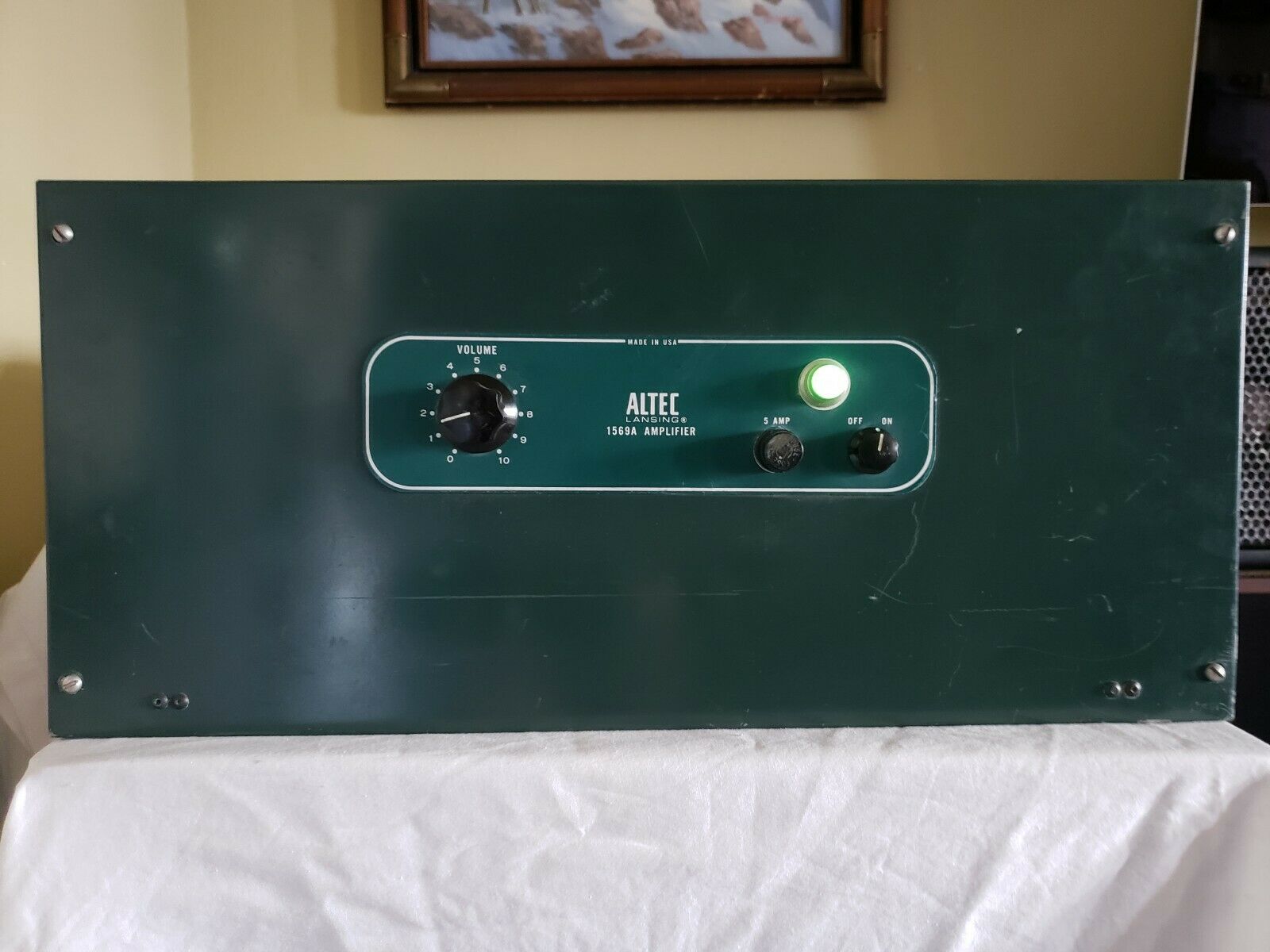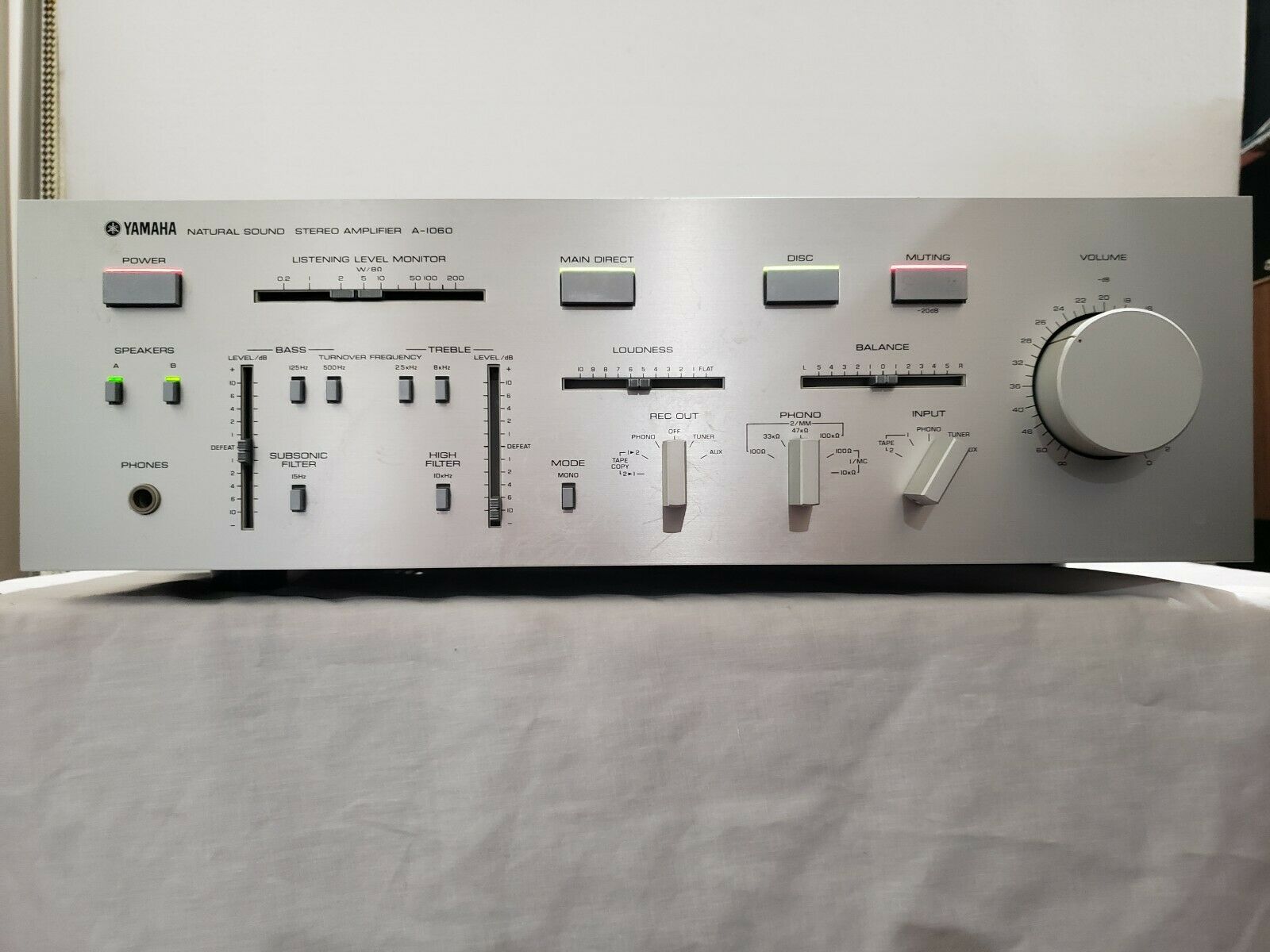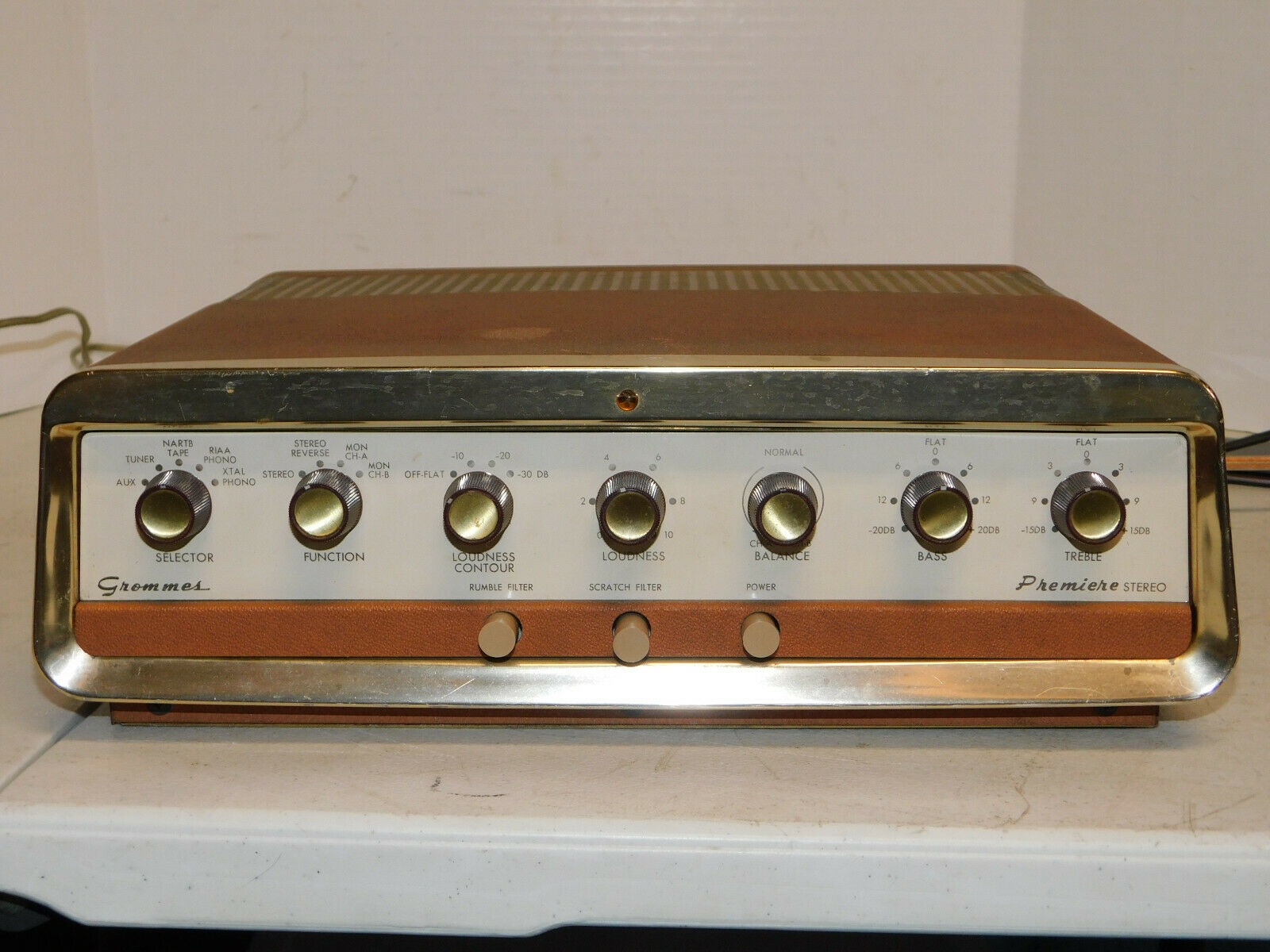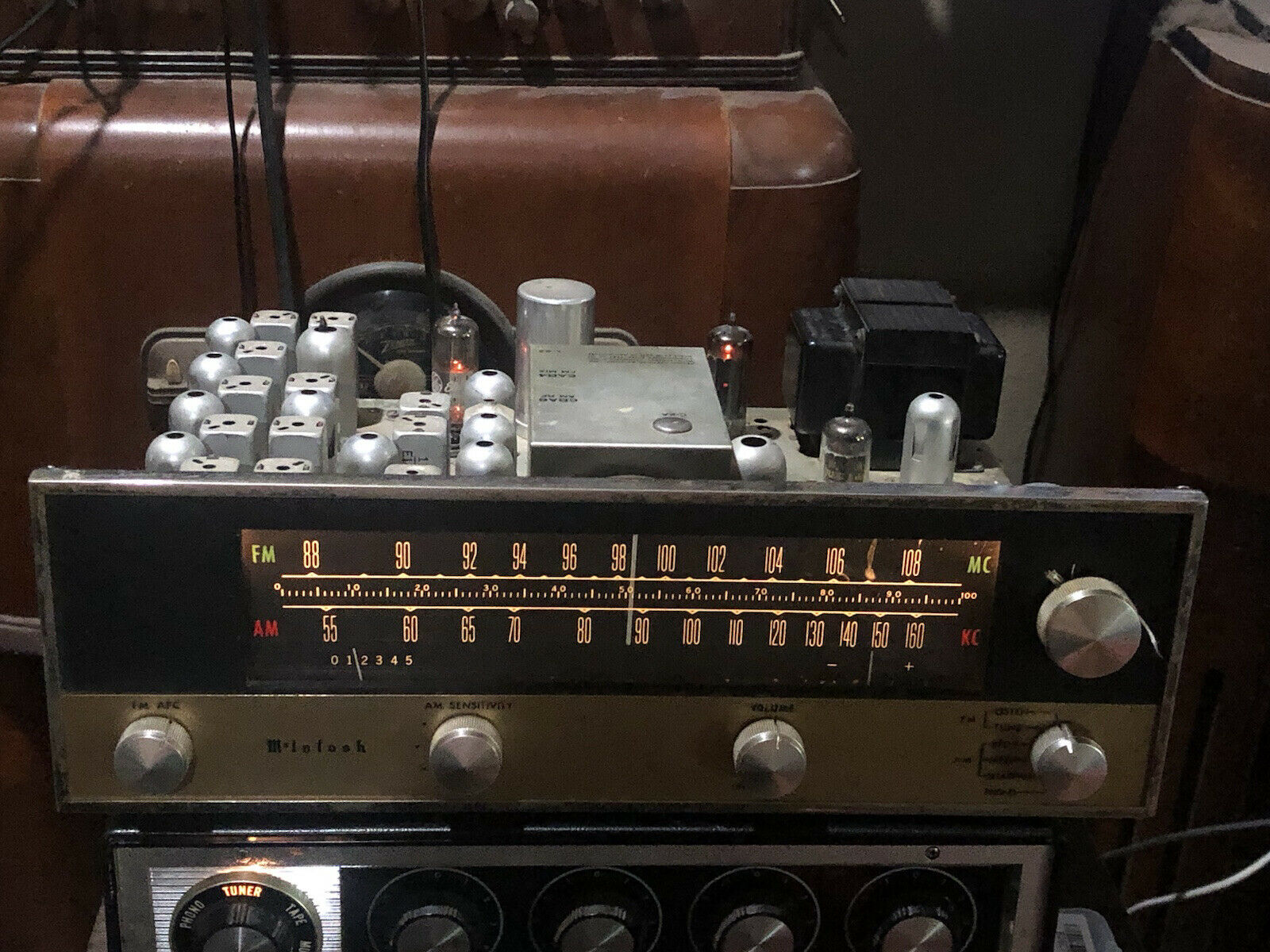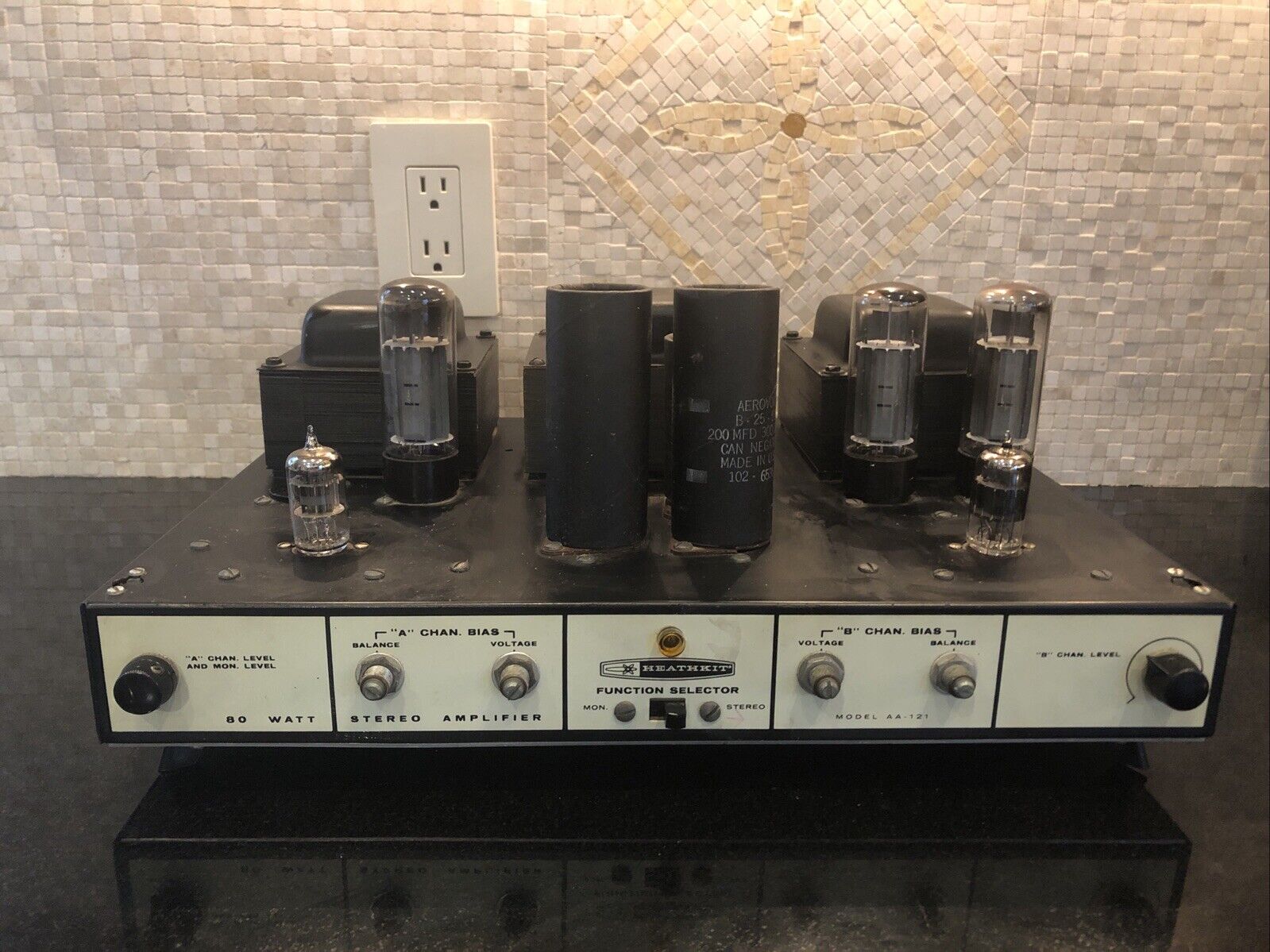-40%
TANDBERG 3012 INTEGRATED STEREO AMPLIFIER
$ 211.19
- Description
- Size Guide
Description
TANDBERG 3012 INTEGRATED STEREO AMPLIFIER. Condition is "Used". Shipped with USPS Parcel Select Ground.great sounding amp , includes owners manual, spec sheet and sales brochure
The front panel of the 3012 presents a simple, uncluttered appearance, yet it provides all the operating flexibility you expect from a top-grade amplifier. The large volume knob is concentric with a center-detented balance control. There is a front-panel headphone jack. Small pushbuttons control power, tone-control defeat, bass and treble turnover frequencies, and loudness compensation. A pair of peak clipping lights show when either channel is overdriven. Small detented rotary switches operate the speaker selection (a, b, a + b, off), the tone controls, and the record and program source selection. These last two controls enable the user to select different sources for simultaneous listening and tape recording. The program options include phono, tuner, and two tape-recorder inputs as well as a digital disc input. The record sources are the same except that the tape mode connects the two decks for copying from either one to the other.
It is noteworthy that the digital disc input is not identical to the other high-level inputs, tuner and tape. The latter two are buffered by low-distortion amplifier stages before they are selected by the front-panel switches, so that crosstalk between them is completely eliminated. The digital disc input, however, is switched directly to the volume control, minimizing the number of extraneous elements in the signal path.
The 3012 embodies a number of design concepts that its creators felt would contribute significantly to its audible qualities, if not to its measured performance. For example, Tandberg engineers concluded that dielectric absorption in certain types of electrolytic or ceramic capacitors used in most amplifiers for interstage coupling tends to degrade sound quality in subtle ways. To eliminate any possibility of such degradation in the 3012, no electrolytic or ceramic capacitors are used in its signal path, from the phono inputs to the speaker outputs. Low-loss plastic (polyester) foil-dielectric capacitors are used instead in all signal-carrying circuits. The designers also felt that a high slew rate was a desirable quality in an amplifier, and the 3012's 1,000-volt-per-mi-crosecond slew rate is the result. Within the amplifier circuitry, every opportunity was taken to eliminate known or suspected causes of signal degradation.
The phono preamplifier of the 3012 accepts either a moving-magnet (MM) or moving-coil (MC) cartridge input; there are separate MM and MC input jacks, but no switching is required. The phono equalization follows the modified RIAA characteristic adopted by the IEC several years ago, which calls for the phono-input response to be rolled off below 20 Hz. The 3012 incorporates a fixed infrasonic filter that cuts off below 15 Hz at an 18-dB-per-octave rate, effectively eliminating any possibility of amplifier or speaker overload from record or turntable rumble.
The tone controls depart from conventional practice, being designed to give useful correction only at frequencies where it is likely to be needed, with a minimum of audible effect elsewhere. The bass and treble controls (eleven-position step switches) use 1 per cent precision resistors for accurate 2-dB control steps and have selectable turnover frequencies (100 or 200 Hz for the bass, 3,000 or 6,000 Hz for the treble). Although loudness compensation-anathema to some purists-is included in the 3012, it is designed to give a maximum low-frequency boost of only 6 dB and does not affect the high-frequency response.
The output stages of the Tandberg 3012 use two power MOSFET's per channel; these require no current or voltage limiting for their protection and also operate at a very high speed (as demonstrated by the amplifier's slew rate and by a slew factor said to be more than 1,200). The power supply is based on a compact but powerful toroidal transformer, with a pair of 15,000-microfarad filter capacitors providing the necessary energy storage for handling high-power program peaks.
